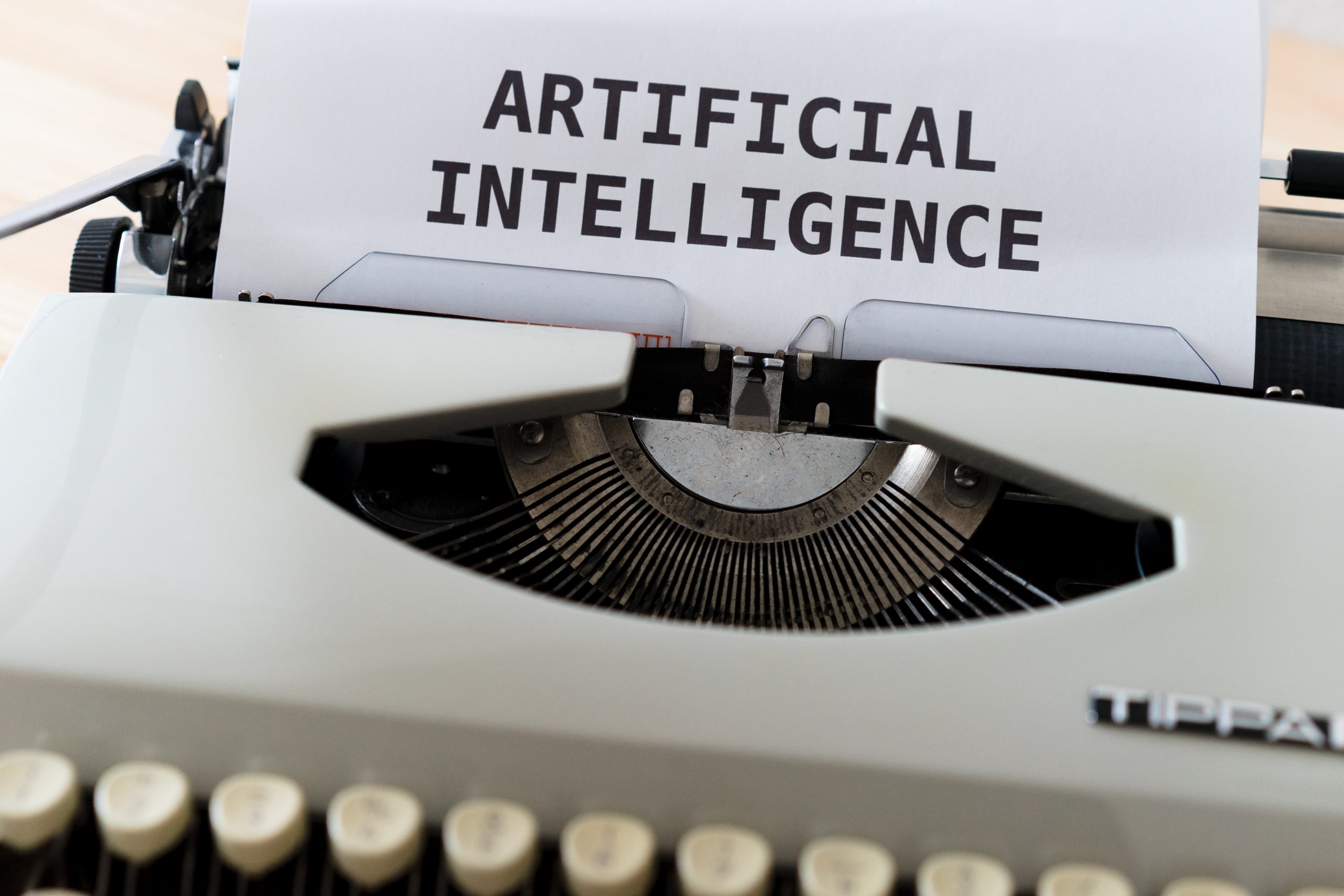How to Build a Killer MVP App, Step 8: Release Phase- Making Sure You Practice Before Your Public Performance

Here at Grio, we know that there is no better feeling than basking in the glow of 5-star reviews during the public release of a new app. However, we also know that reaching that pinnacle can be challenging. Luckily, we have taken all of the tips and tricks we’ve learned throughout 15 years of app development and created Grio’s ten essential steps for building a killer MVP.
In last week’s post, How to Build a Killer MVP App, Step 7: Stabilization Phase- “Breaking” Your App So Your Users Don’t, we examined how a proper test plan can help you find issues in your MVP before your users do.
In this week’s blog post, we cover the eighth step for building a killer MVP: the Release Phase. Releasing your MVP in the stages we discuss below will help you further test and perfect your MVP before its big debut.









